
Urethane vs. Surlyn Golf balls - Which is Better for Putting?
Introduction
Welcome, golf enthusiasts! It's time to dive into the age-old debate that's been teeing off in the golfing world: Urethane vs. Surlyn golf balls - which one truly reigns supreme when it comes to putting? Now, you might be thinking, "A golf ball is a golf ball, right?" Well, not quite. There's a whole lot more to it than meets the eye.
In one corner, we have the urethane golf balls, hailed for their soft feel and high spin. In the other corner, we have the surlyn golf balls, known for their durability and distance. But when it comes to putting, which one takes the trophy?
Before we delve into the nitty-gritty, let's get one thing straight. The type of golf ball you choose can significantly impact your game. It's not just about the swing or the club; it's also about the ball. Choosing the right one can be the difference between a birdie and a bogey.
So, buckle up, folks! We're about to embark on a journey to find out which golf ball - urethane or surlyn - is your best bet for putting. Let's get this ball rolling!
Understanding Urethane Golf Balls
First off, urethane is a type of synthetic rubber that's often used to make the outer cover of high-end golf balls. It's a favorite among professional golfers, and for good reason.
- Feel and Control: Urethane balls are known for their soft feel and high spin rates. They offer excellent control, especially around the greens. This makes them a top choice for golfers who prioritize precision over distance.
- Durability: While urethane balls may not be as durable as their Surlyn counterparts, they still hold up pretty well. You can expect a urethane ball to last several rounds before it starts to show signs of wear and tear.
- Price: Urethane balls tend to be more expensive than Surlyn balls. This is because they're often used in premium golf balls, which come with a higher price tag. But if you're serious about your game, the extra cost might be worth it.
- Performance in Wet Conditions: Urethane balls perform exceptionally well in wet conditions. They maintain their spin and control, even when the course is soaked. This makes them a reliable choice for golfers who often play in rainy weather.
Urethane golf balls are all about feel and control. They're designed to give you an edge on the green, where precision matters most. They might not be as durable or affordable as Surlyn balls, but they make up for it with their superior performance.
So, if you're a golfer who values control over distance, and you don't mind paying a bit more for a premium product, urethane golf balls could be just the ticket for you. But before you make up your mind, let's take a closer look at Surlyn golf balls in the next section.
Understanding Surlyn Golf Balls
Let's dive right into the heart of the matter - Surlyn golf balls. Manufactured from a resilient type of ionomer resin, these balls are known for their hard exterior. But what does this mean for your game? Let's break it down.
Firstly, Surlyn golf balls are renowned for their durability. They can withstand a good thrashing, making them ideal for golfers who are a bit heavy-handed or those who often find themselves in the rough. You'll be hard-pressed to find a more resilient ball on the market.
Secondly, these balls are a dream when it comes to distance. Their hard exterior leads to a lower spin off the tee, resulting in longer drives. If you're looking to add a few extra yards to your game, Surlyn could be your ticket to success.
However, it's not all sunshine and rainbows. The hard exterior that gives Surlyn balls their durability and distance also makes them less responsive on the greens. They have a lower spin rate, which can make them more challenging to control when putting. It's a bit like trying to steer a runaway train - not impossible, but certainly not easy!
Furthermore, Surlyn balls tend to have a firmer feel, which some golfers find less satisfying. It's a bit like biting into a hard apple when you were expecting a juicy peach. It's not necessarily a deal-breaker, but it's something to bear in mind.
Surlyn golf balls are a solid choice for those who value durability and distance. However, they can be a bit of a wild card when it comes to putting, and their firm feel may not be to everyone's taste. But hey, no one said golf was easy, right?
Comparing Urethane and Surlyn Golf Balls for Putting
First off, urethane golf balls. These little gems are known for their soft feel, which is a big plus for many golfers. The softer exterior gives you a better grip on the green, allowing for more control and precision. This can be a game-changer when you're trying to sink that tricky putt. However, there's a catch. Urethane balls tend to be more expensive than their surlyn counterparts. So, if you're on a budget, this could be a sticking point.
On the flip side, we have surlyn golf balls. These bad boys are renowned for their durability and resistance to cuts and scuffs. They're a hardy breed, able to withstand the rigors of a tough game. They also tend to roll faster and farther on the green, which can be a boon when you're trying to cover a lot of ground. But, they don't provide the same level of control as urethane balls. This could leave you in a pickle if you're trying to make a delicate putt.
To sum up:
- Urethane balls offer a soft feel and better control, but they're pricier.
- Surlyn balls are durable and roll faster, but they don't provide as much control.
So, which is better for putting? Well, it's not a black and white answer. It really boils down to what you value more in a golf ball: control or durability? Price or performance? It's a classic case of 'you pays your money and you takes your choice.'
In the end, the best golf ball for putting is the one that feels right for you. So, don't be afraid to experiment and find your perfect match. After all, variety is the spice of life!
Factors to Consider When Choosing Golf Balls for Putting
When it comes to choosing the perfect golf ball for putting, there's more to it than meets the eye. It's not just about picking the shiniest one or the one with your favorite brand logo. There are several factors to consider, and each one can significantly impact your performance on the green.
First off, let's talk about the material. The two most common materials used in golf balls are urethane and Surlyn. Urethane balls are known for their soft feel and high spin rates, making them a popular choice among professional golfers. On the other hand, Surlyn balls are more durable and offer lower spin rates, making them ideal for beginners or those with a high handicap.
Next up, consider the ball's construction. Golf balls can be either two-piece or multi-layered. Two-piece balls, typically made of Surlyn, are designed for distance and durability. They're perfect for golfers who are still honing their skills. Multi-layered balls, usually made of urethane, offer more control and spin, making them the go-to choice for more experienced golfers.
Another factor to consider is the compression rate. This refers to the amount of force required to compress the ball. Lower compression balls are easier to hit, making them ideal for beginners or those with slower swing speeds. Higher compression balls, on the other hand, are harder to hit but offer more control, making them a better fit for experienced golfers with faster swing speeds.
Lastly, don't forget about the dimple pattern. The dimples on a golf ball can affect its lift and drag, ultimately influencing its trajectory and distance. Different balls have different dimple patterns, so it's worth experimenting to see which one works best for you.
In conclusion, when choosing a golf ball for putting, consider the material, construction, compression rate, and dimple pattern. Remember, the best ball for you depends on your skill level, swing speed, and personal preferences. So, don't be afraid to try out different balls until you find the one that feels just right.
Conclusion
Both urethane and surlyn golf balls have their own unique merits. Urethane balls, with their soft feel and high spin, are a dream for skilled players looking to control their shots on the green. On the flip side, surlyn balls, known for their durability and lower spin, are a boon for beginners and high-handicappers. Bottom line? Your choice between urethane and surlyn should hinge on your skill level and playing style. So, don't be afraid to experiment and find the perfect fit. After all, the proof of the pudding is in the eating!

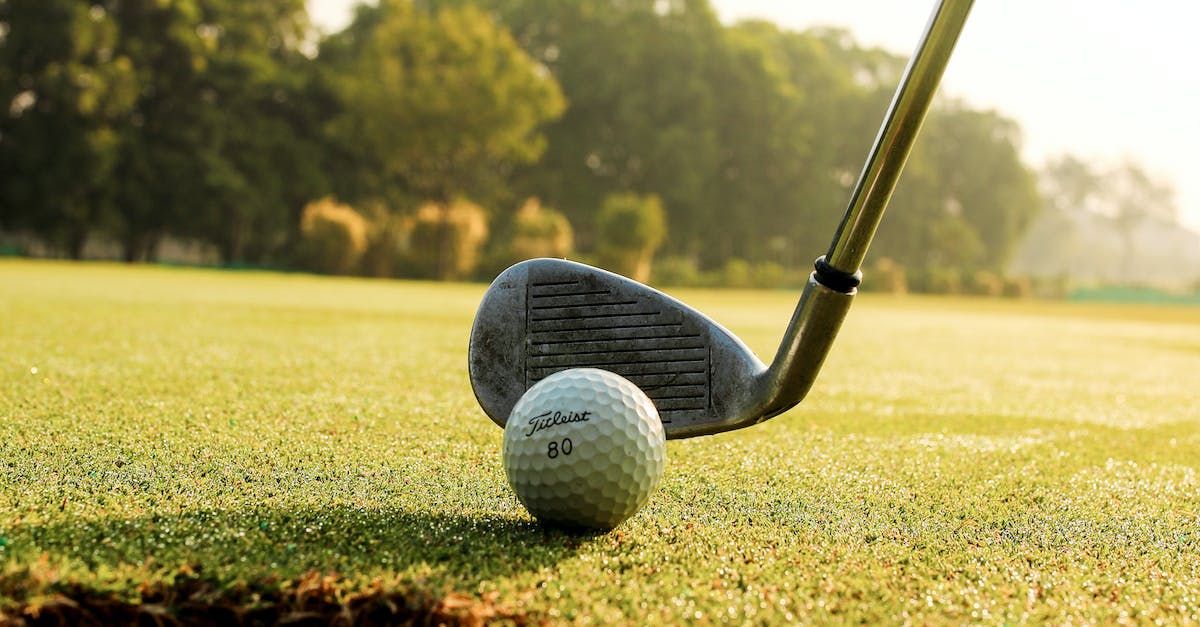
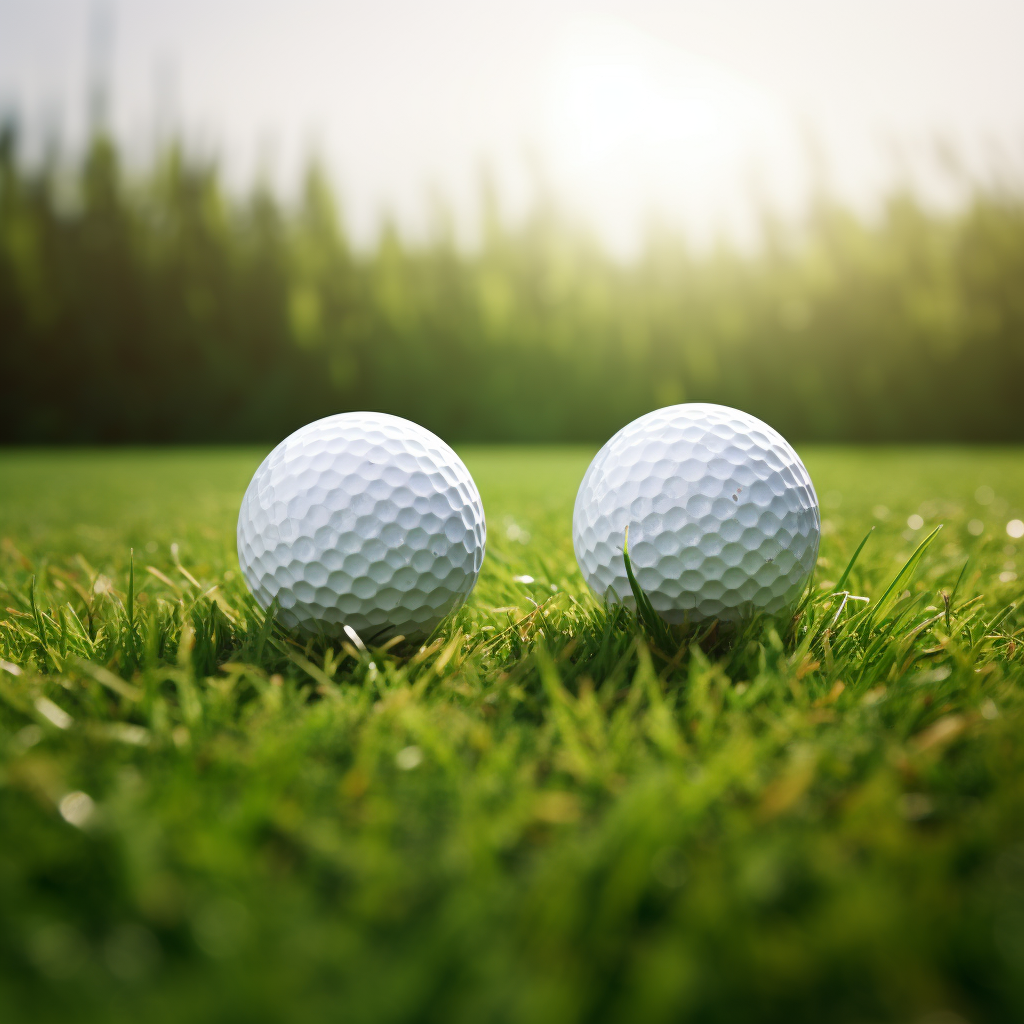
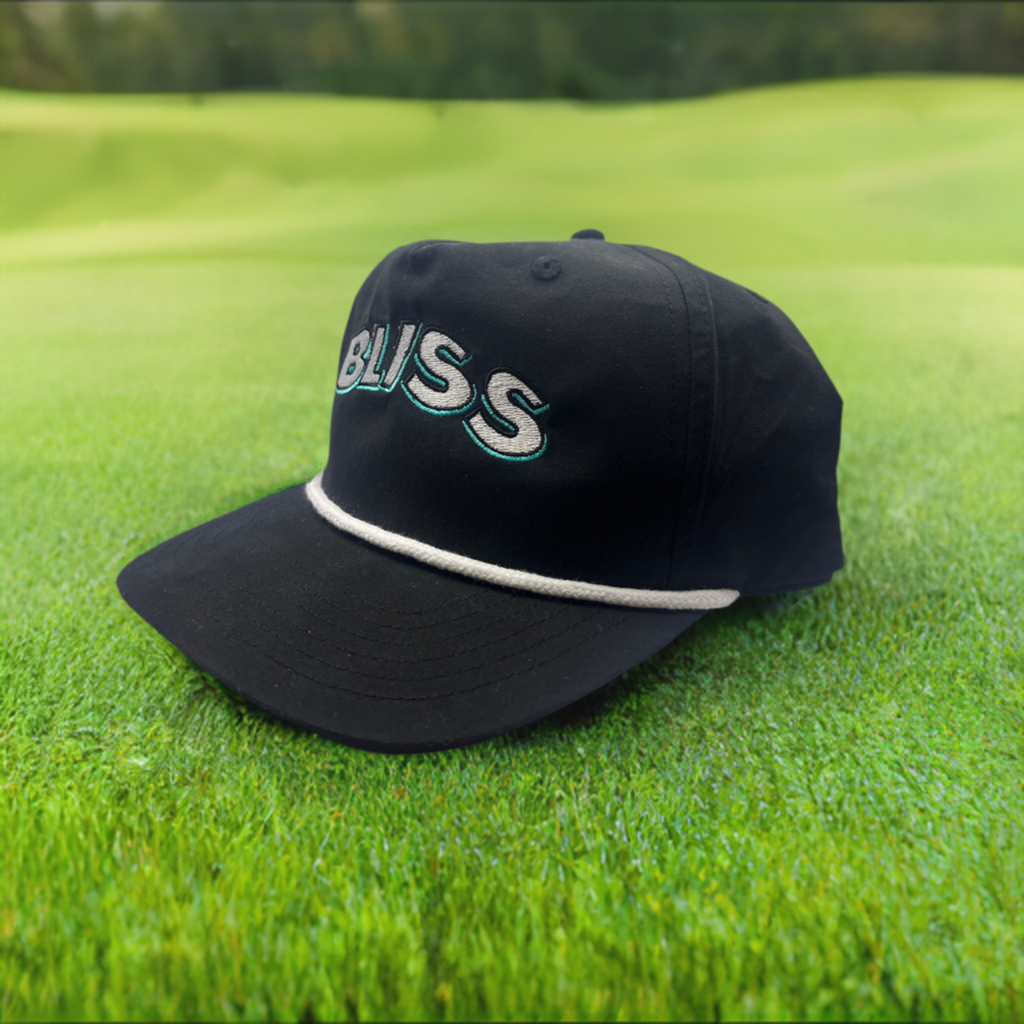
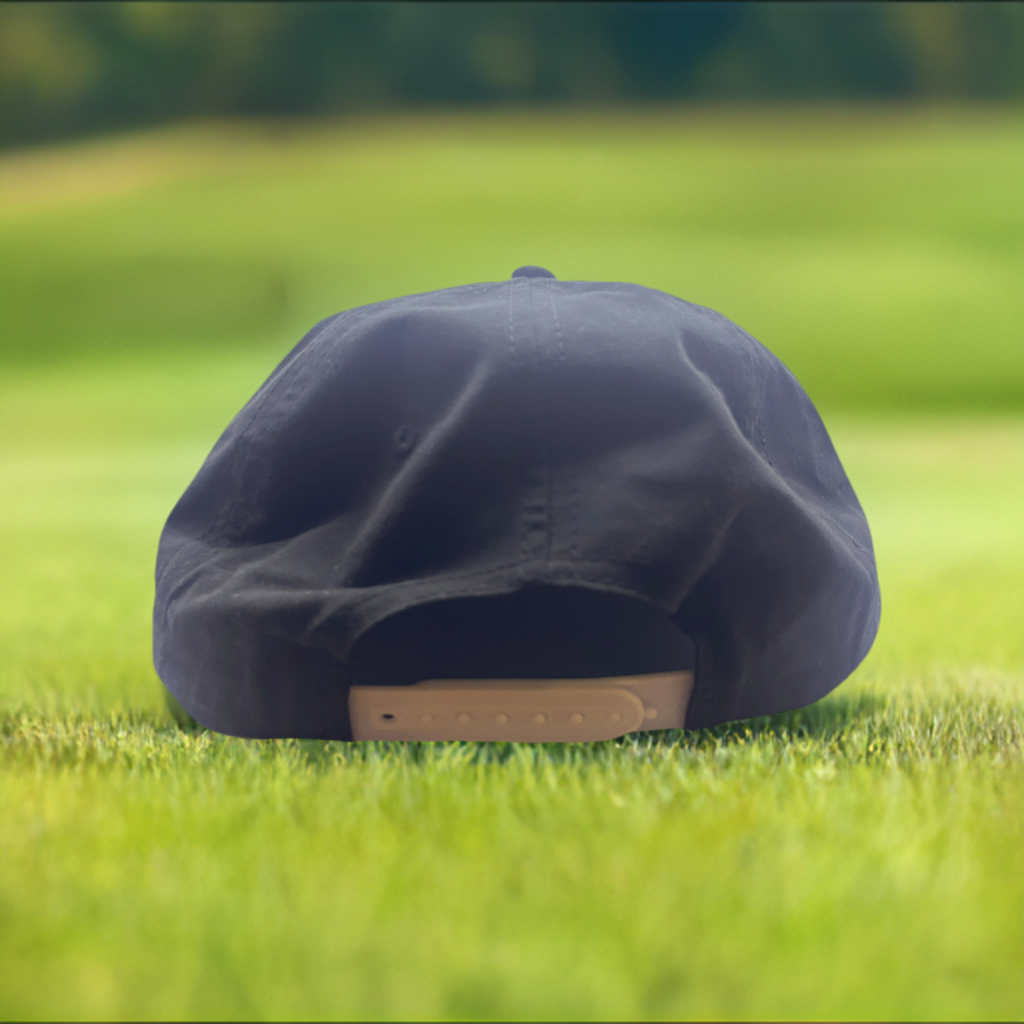
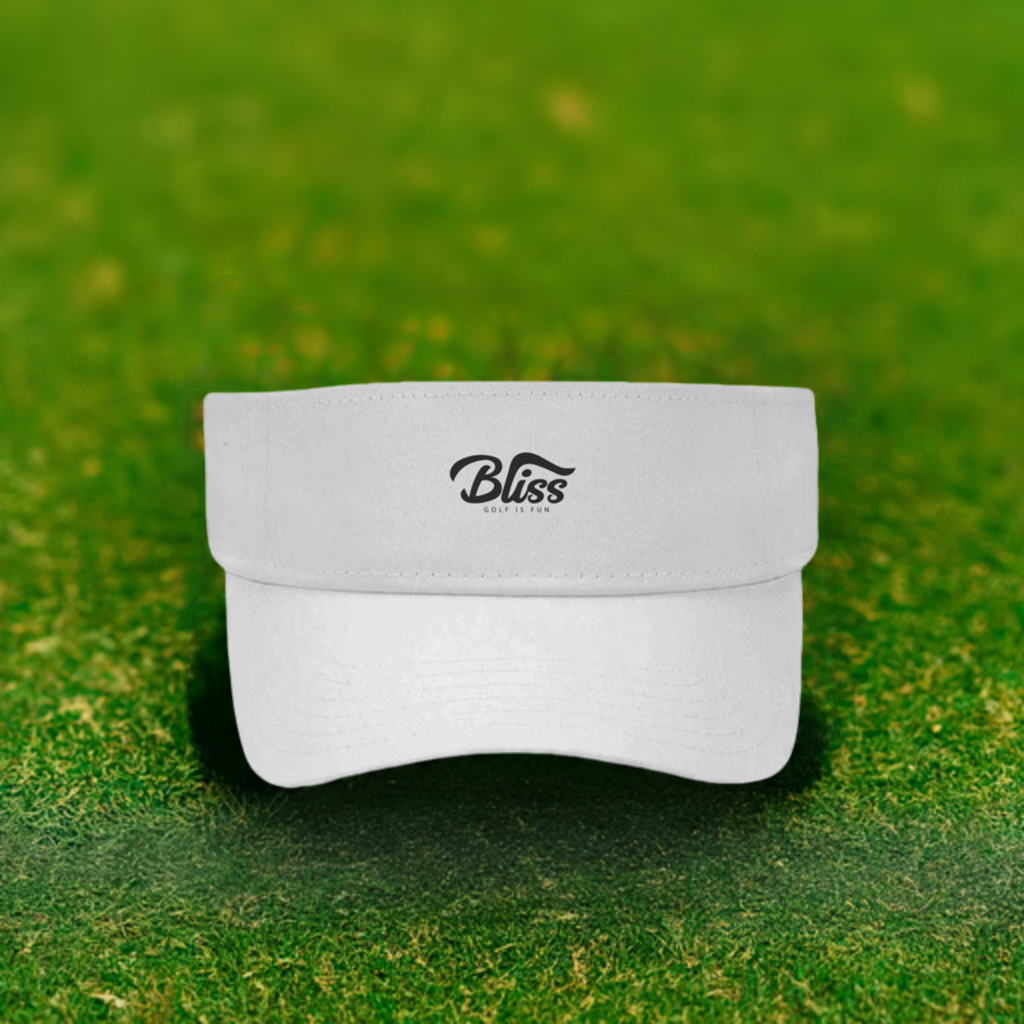
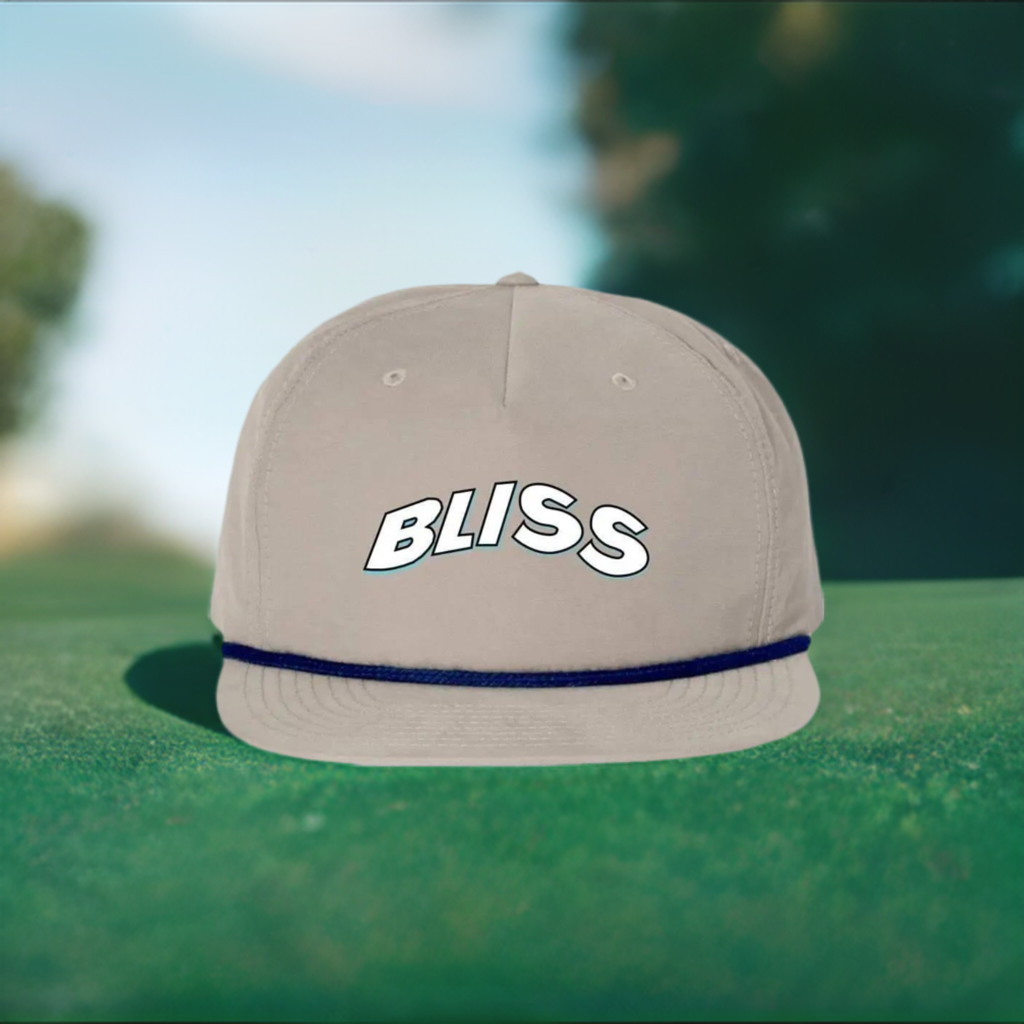
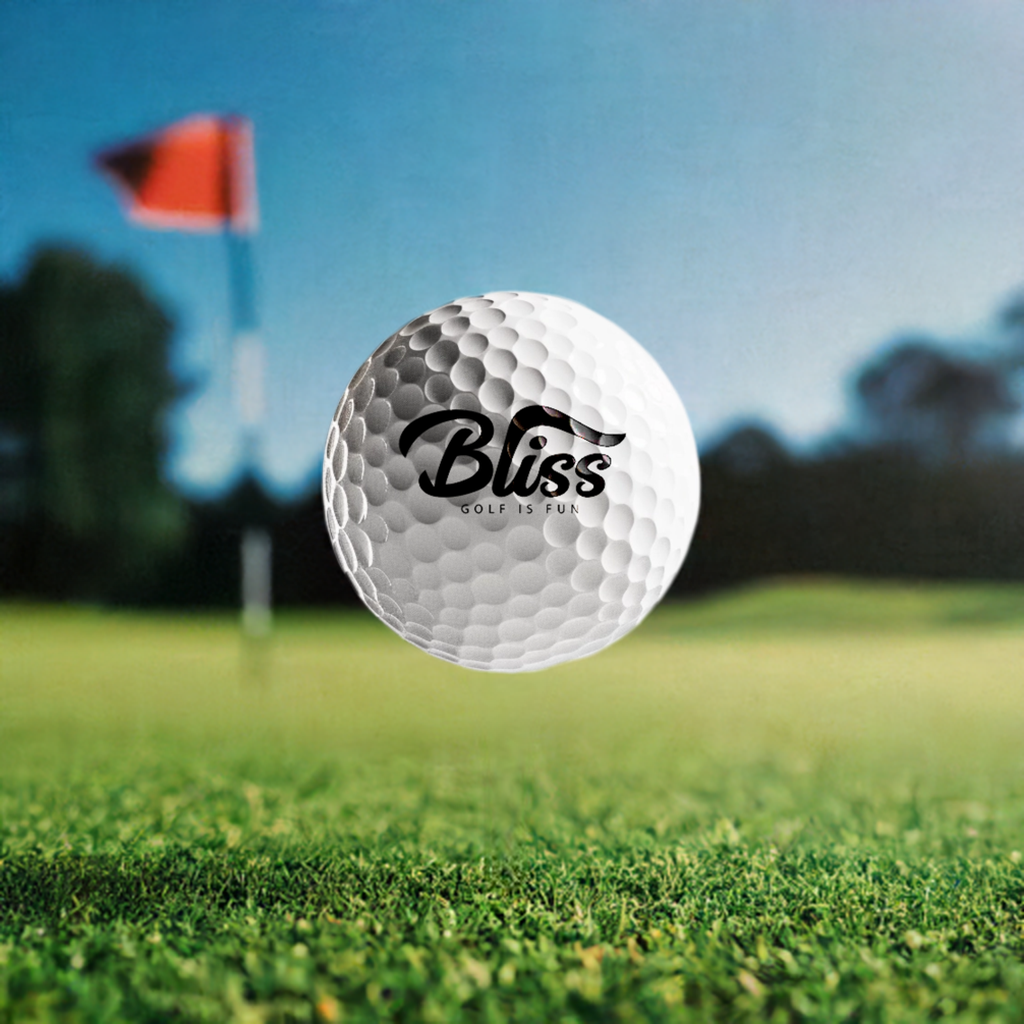
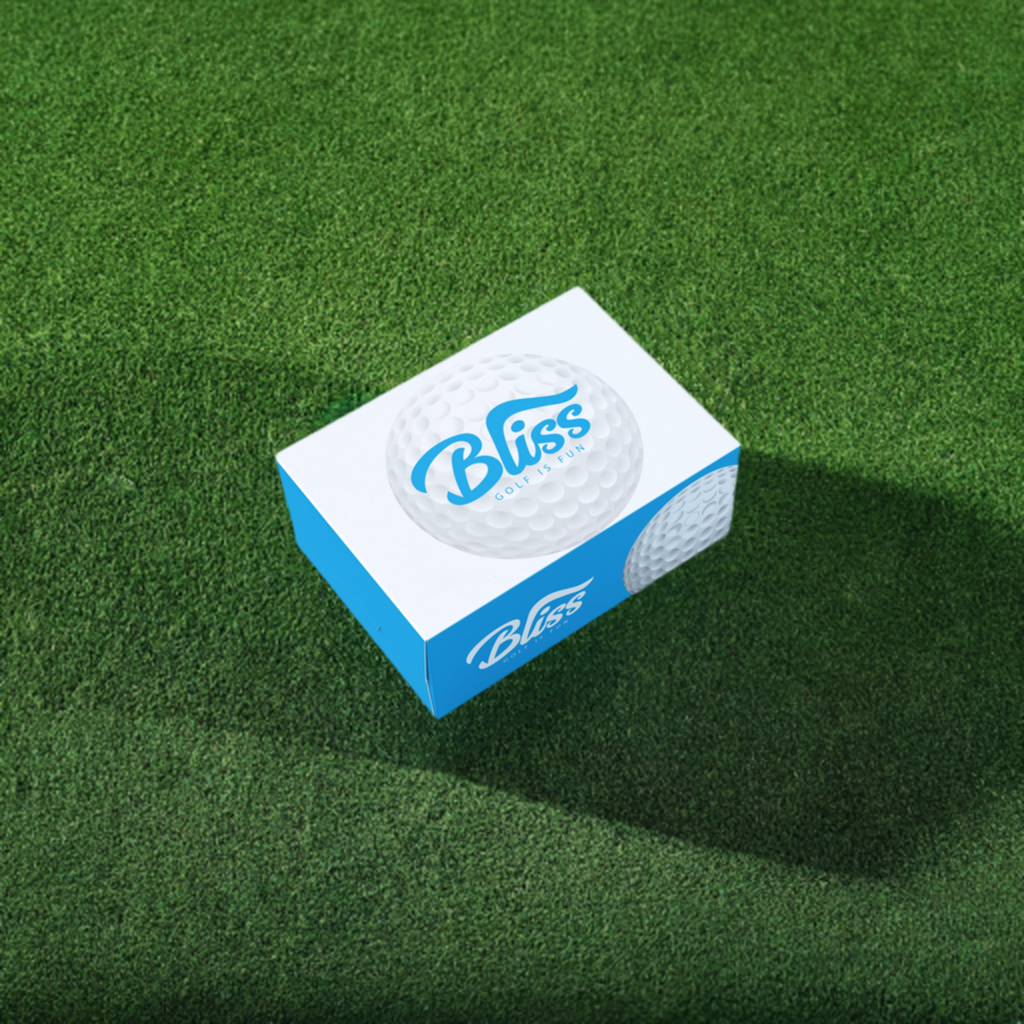
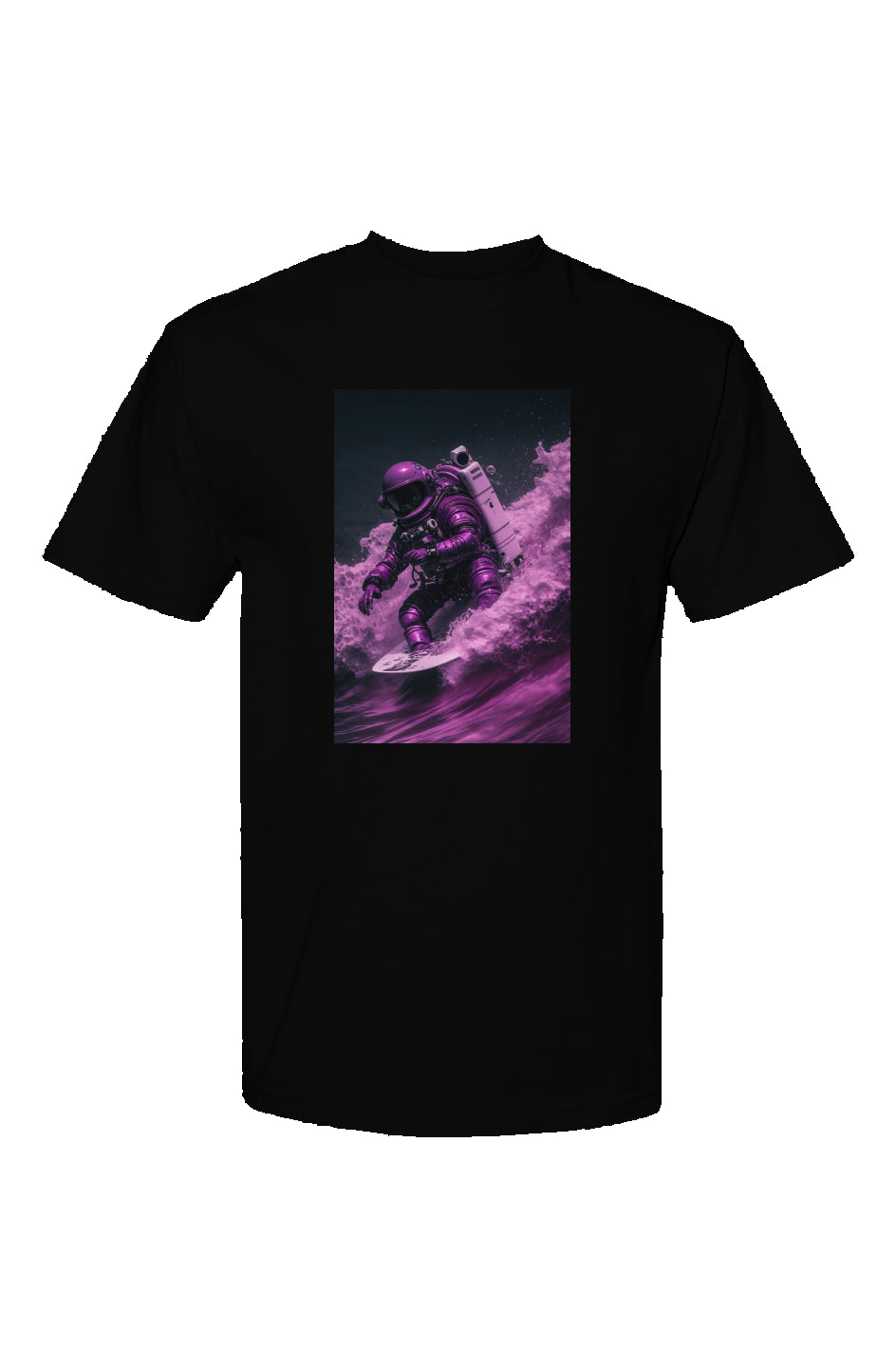
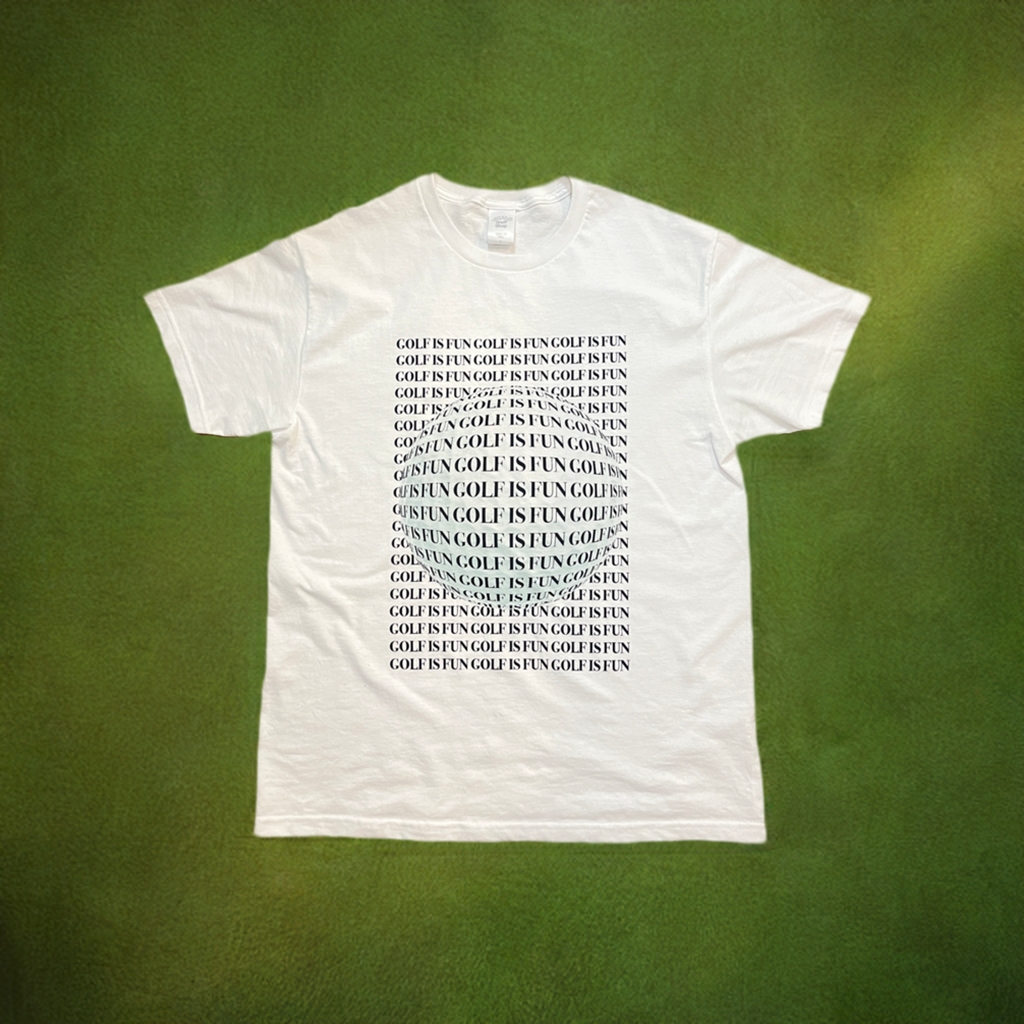
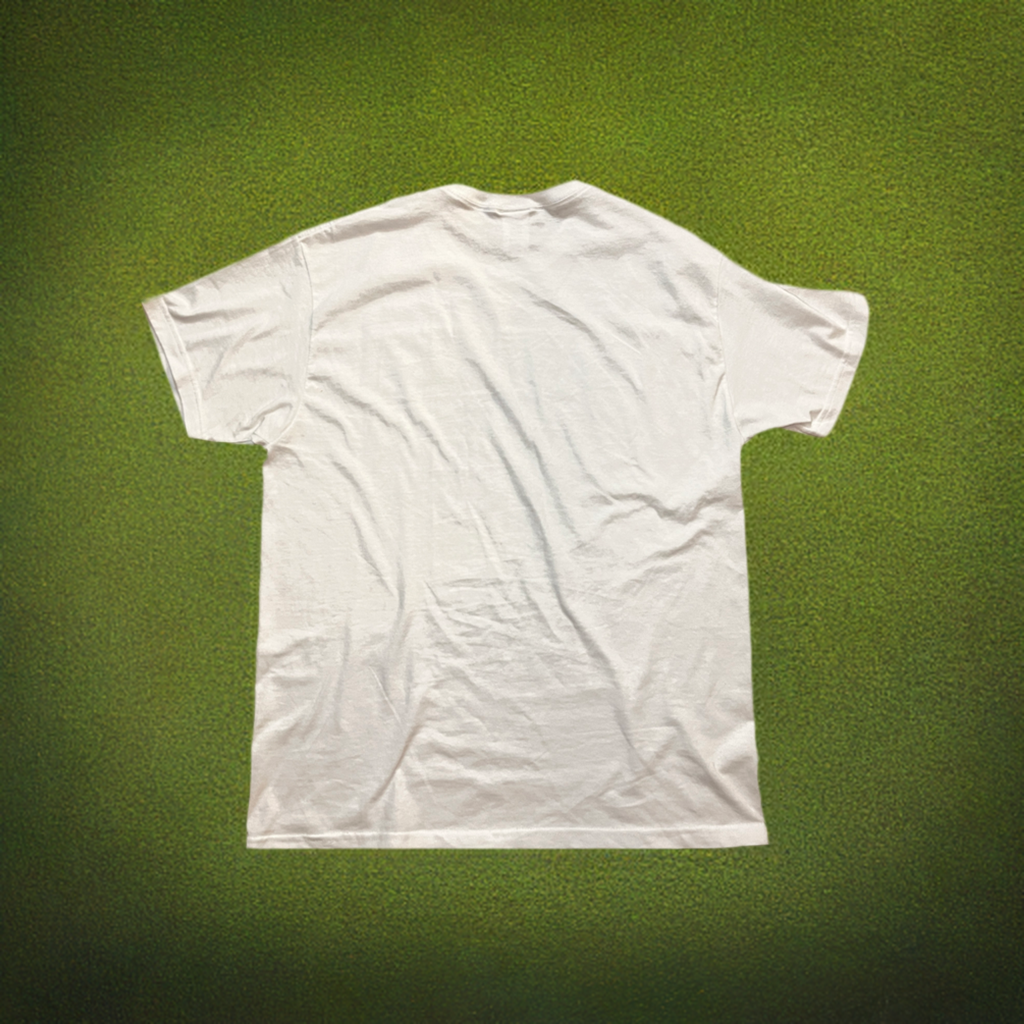

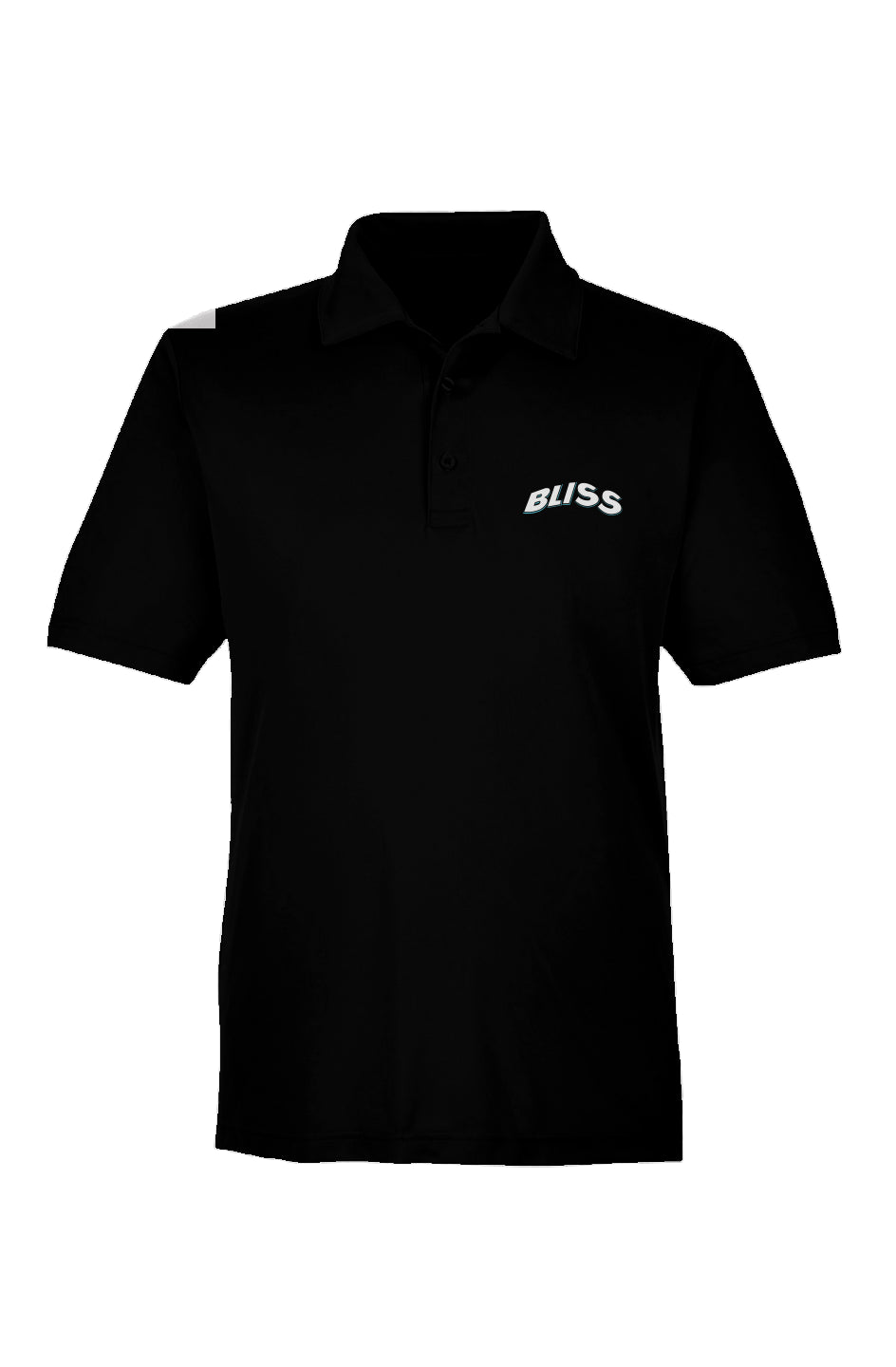

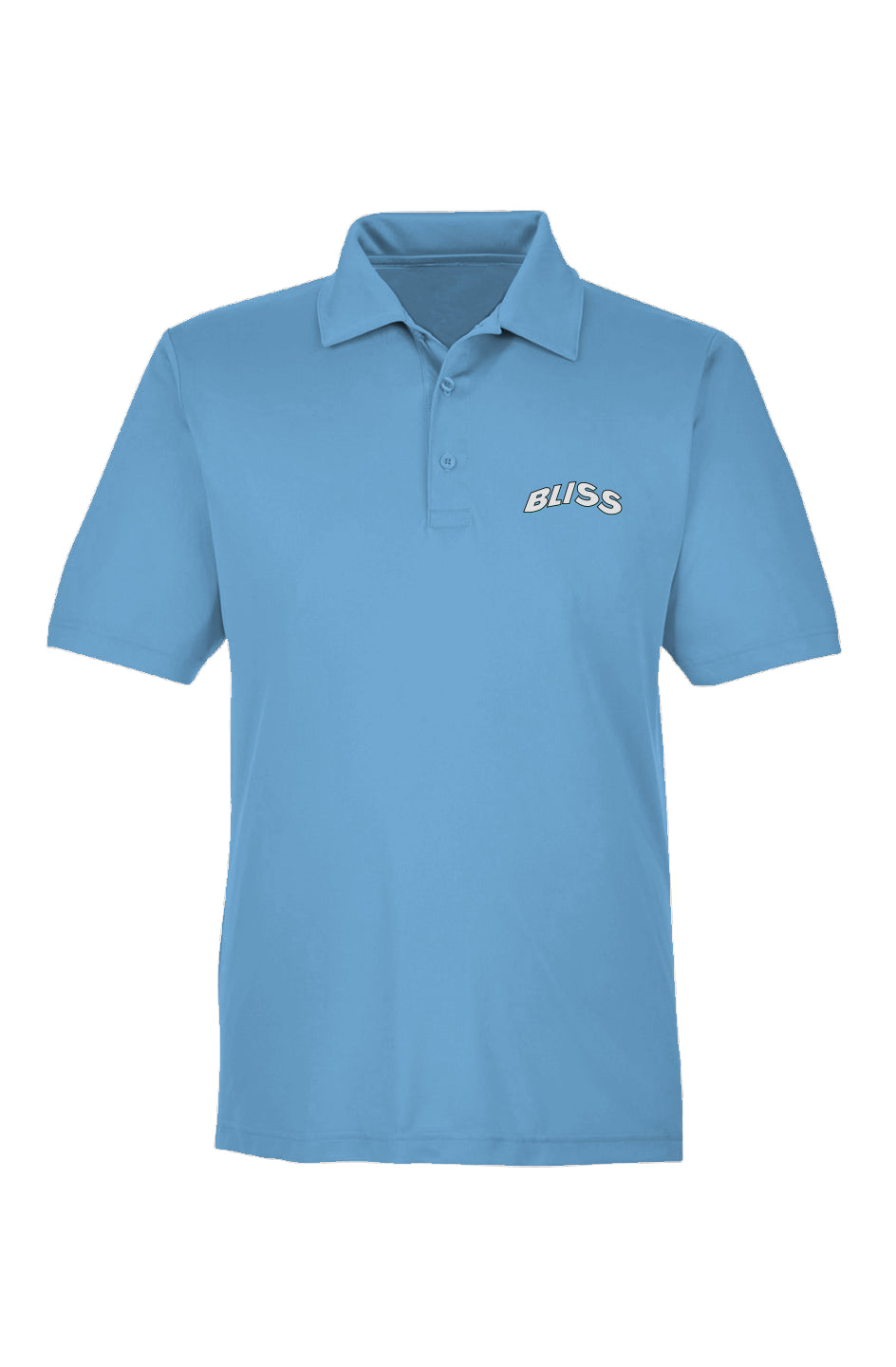
Leave a comment
This site is protected by hCaptcha and the hCaptcha Privacy Policy and Terms of Service apply.